Advertisement
You don’t need a degree in machine learning or years of coding experience to create a working model anymore. In fact, if you’ve got a clear goal and a minute to spare, ChatGPT can help you build a simple machine learning model faster than most people take to boil water. Sounds a bit wild? It isn’t. The real shift is in how accessible everything has become — and ChatGPT plays the middleman between you and all that complicated jargon. So, let’s not overthink it. If you're curious about building a quick ML model, here’s how it’s done.
Before anything else, be clear about the task. Machine learning is just a fancy way of saying, "I trained a computer to spot patterns." So, what patterns are you trying to find? Are you classifying emails as spam or not? Predicting sales? Trying to figure out if a review is positive or negative?
Write it out like you're explaining it to a friend. For example:
That simple sentence is what you’ll give ChatGPT in the next step. Keep it straightforward. The clearer you are, the better ChatGPT can guide you.
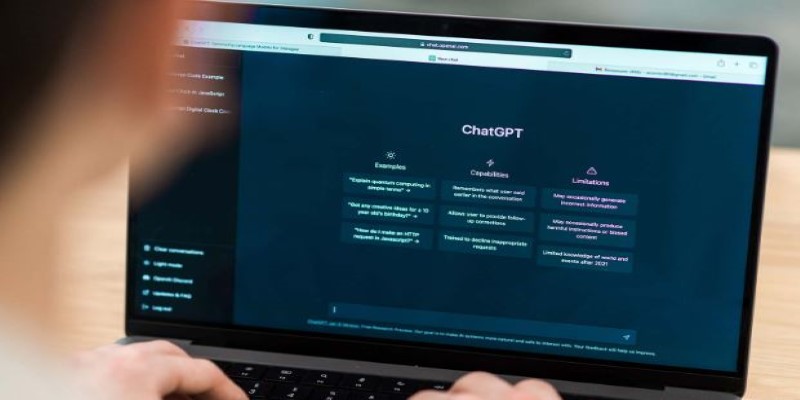
Now, open ChatGPT and tell it exactly what you want. Use a sentence like:
“Can you give me Python code to train a machine learning model that predicts house prices using size, location, and number of bedrooms?”
You don’t need to know which algorithm to use. ChatGPT will typically suggest something like a linear regression model or a random forest, depending on how complex the task is.
In less than a minute, you’ll get a complete script that includes:
All you need to do is copy and paste.
Want something more advanced? Say so. You can ask for hyperparameter tuning, cross-validation, or even neural networks. It’s all about how much detail you want and how you phrase your request.
Once you’ve got the code, it’s time to test it out. You don’t need to install a bunch of tools. Just use a browser-based Python editor like:
Paste the code ChatGPT gave you and hit Run. That's it. If your dataset is ready, the model will be trained to pick out predictions within seconds.
Let’s say you don’t have a dataset. Just ask ChatGPT to create one. You can say:
“Can you generate a fake dataset with 100 rows for house prices, including size, location, and number of bedrooms?”
ChatGPT will create a sample dataset using pandas or numpy, so you can test the model without needing real-world data right away.
This whole loop — from asking to running — easily takes less than a minute if your internet behaves.
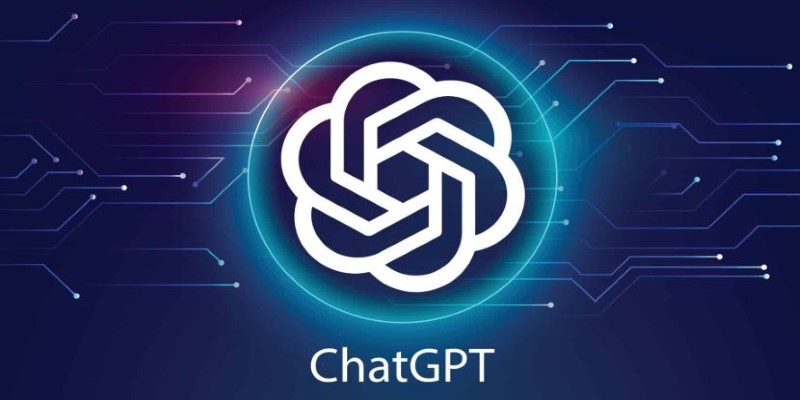
Okay, you’ve got a model. It’s running, and you can see predictions. Now, if you want to make it better, this is where you can tweak things. Don’t worry — you can still use ChatGPT for this part.
Here’s what you might ask next:
Based on what you ask, ChatGPT can suggest ways to improve your model. That could be by cleaning the data differently, trying another algorithm, or tuning parameters.
And again, you don’t need to write this from scratch. Just ask, copy, paste, and go.
If you’re more of a “click, not code” person, you can even ask for no-code or low-code tools to run the same models. ChatGPT knows platforms like Teachable Machine or KNIME and can walk you through using them instead.
Once your model is up and running, you can do more than just look at its predictions. You can plug it into a simple app or interface so others can use it, too. If you're not building for yourself alone, this step makes your work more practical.
You can ask ChatGPT:
“Can you help me create a Streamlit app to use this model?”
Streamlit is a Python library that turns a script into a web app with just a few lines of code. ChatGPT will give you something that lets users input data — like the size of a house or the sentiment of a tweet — and instantly get a prediction back from the model you built.
This part makes your model interactive. And once you’ve seen your own tool in action, even if it’s just in a browser tab, the whole thing feels more complete. It’s no longer just a code snippet. It’s something you can share.
Building a machine learning model used to mean hours of setup, research, and wrestling with code. That’s no longer the case. Now, with just a clear idea and a quick message to ChatGPT, you can have a functioning model in under a minute. The catch? You still need to be thoughtful. ChatGPT is the tool, not the brain. But if you bring the problem and ask the right questions, it can help you do more in less time — without feeling like you’ve got to decode another language. Keep things simple, and start building.
Advertisement

Looking for the best way to start learning data science without getting lost? Here are 9 beginner-friendly coding platforms that make it easy to begin and stay on track

Curious how machines are learning to create original art? See how DCGAN helps generate realistic sketches and brings new ideas to creative fields
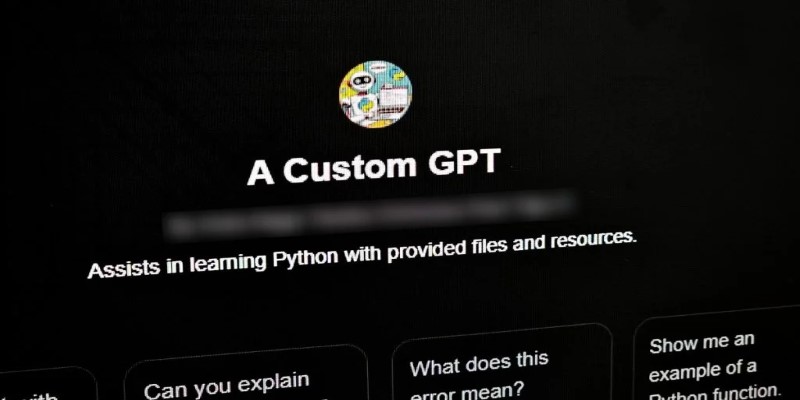
Ever imagined crafting an AI assistant tailored just for you? OpenAI's latest ChatGPT update introduces custom GPTs, enabling users to design personalized chatbots without any coding experience

Looking for smarter ways to code in 2025? These AI coding assistants can help you write cleaner, faster, and more accurate code without slowing you down

Looking for the best chatbot builder to use in 2025? This guide breaks down 10 top tools and shows you exactly how to use one of them to get real results, even if you're just starting out

Think building a machine learning model takes hours? With ChatGPT, you can create, run, and test one in under a minute—even with no coding experience
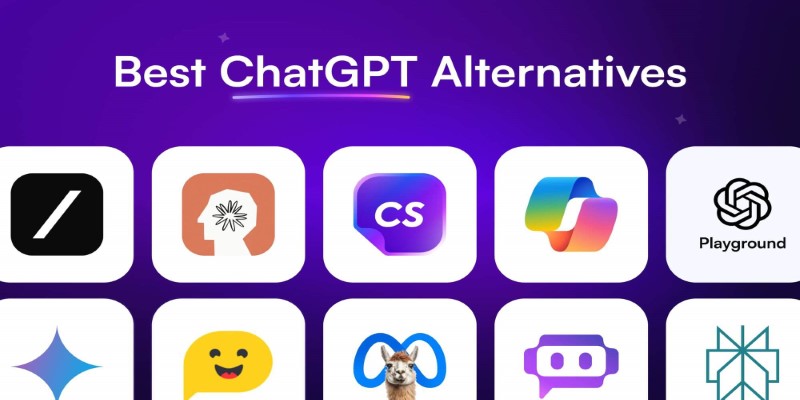
Looking for smarter ways to get answers or spark ideas? Discover 10 standout ChatGPT alternatives that offer unique features, faster responses, or a different style of interaction

What predictive AI is and how it works with real-life examples. This beginner-friendly guide explains how AI can make smart guesses using data
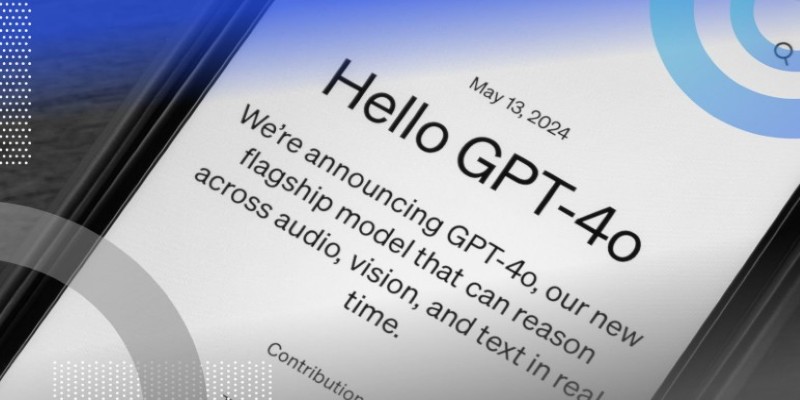
What if one AI model could read text, understand images, and connect them instantly? See how GPT-4o handles it all with ease through a single API

Want to measure how similar two sets of data are? Learn different ways to calculate cosine similarity in Python using scikit-learn, scipy, and manual methods

Looking to boost your chances on LinkedIn? Here are 10 ways ChatGPT can support your job search, from profile tweaks to personalized message writing

Discover 10 ChatGPT plugins designed to simplify PDF tasks like summarizing, converting, creating, and extracting text.